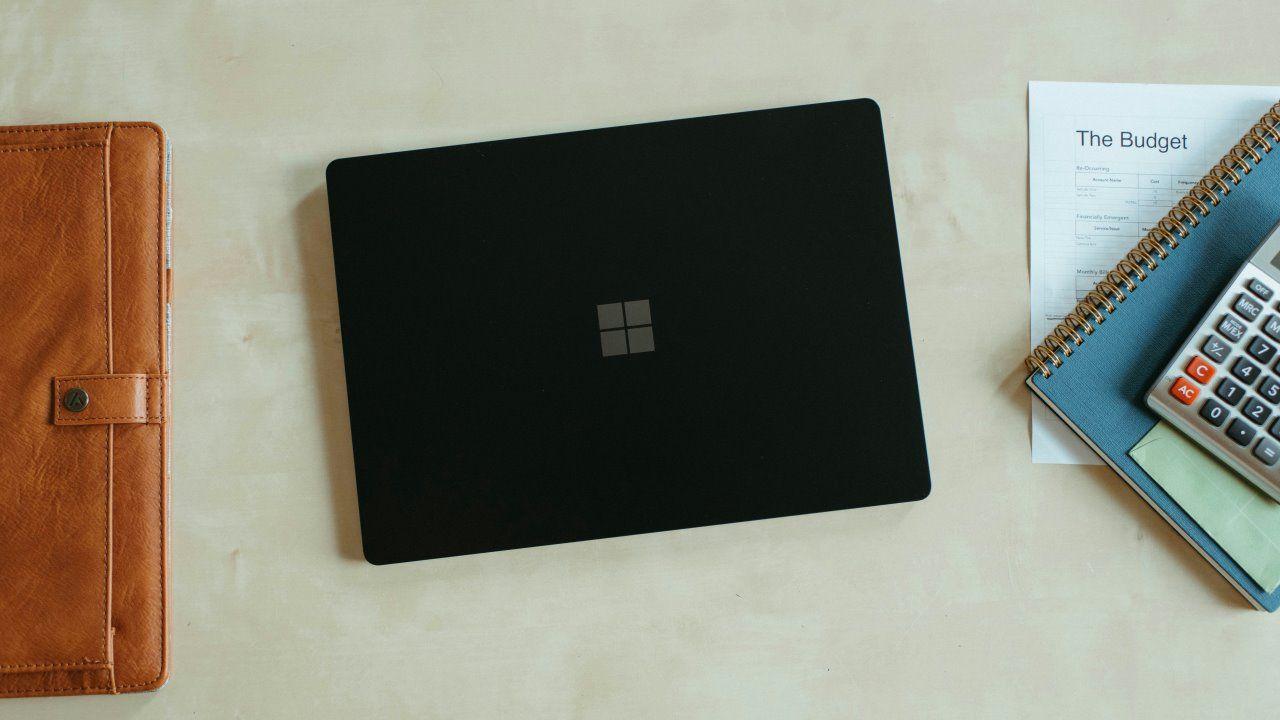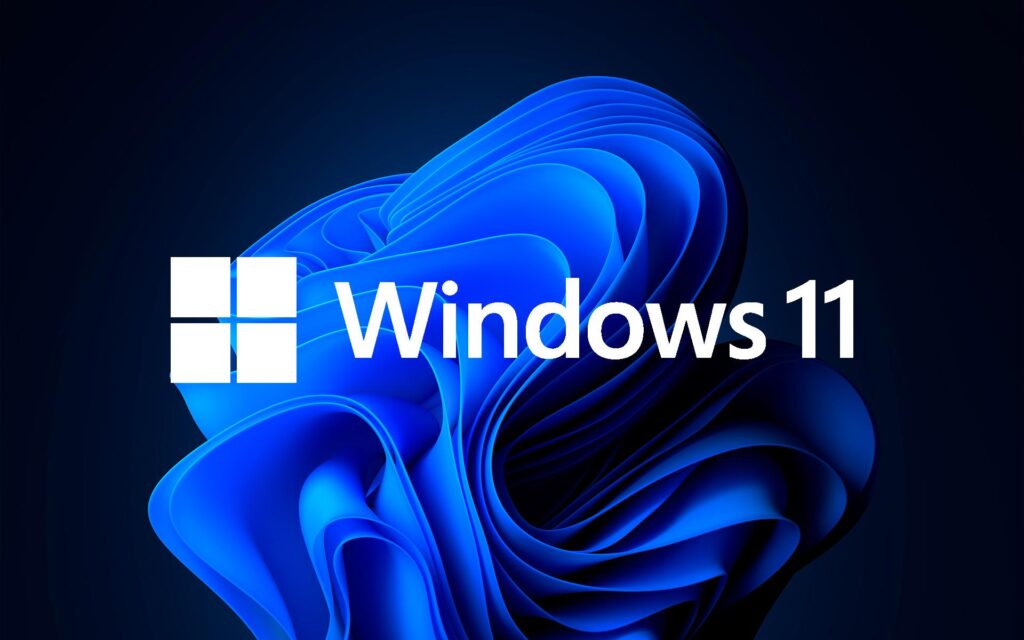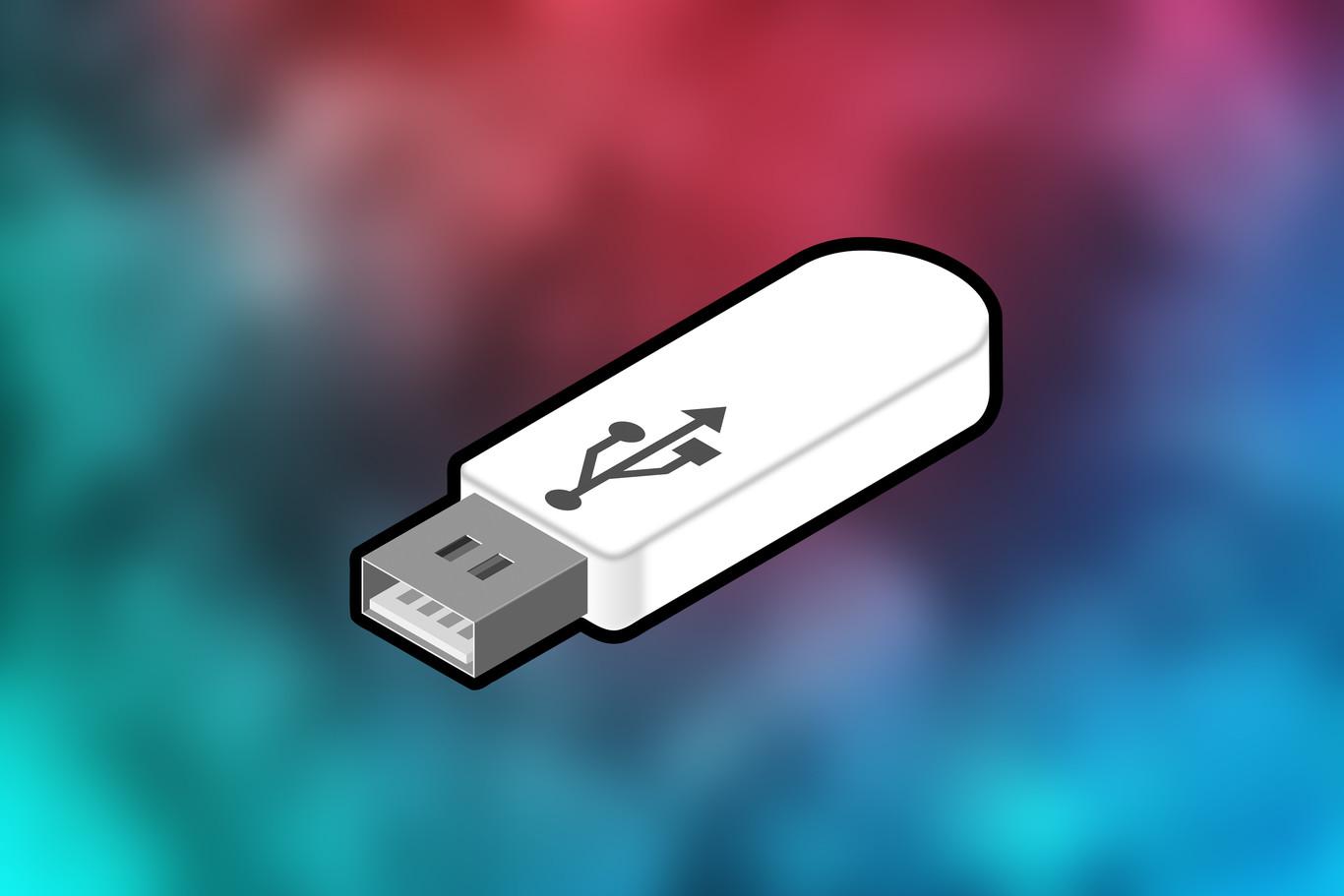- Rufus 4.10 beta adds support for ISO 25H2, dark mode, and dumping drives to UDF ISOs.
- Allows you to bypass TPM 2.0, Secure Boot, and the 4GB RAM requirement for installation on unsupported computers.
- Includes options like Windows To Go to run Windows 11 from USB, with capacity and performance recommendations.

¿How to create a Windows 11 25H2 installation USB with Rufus? If you need to prepare a flash drive to install the latest Windows 11 25H2, Rufus is one of those tools that never fails. It's free, fast, portable, and frequently updated., just what you want when it comes to creating a bootable USB without complicating your life.
In recent versions, Rufus has been incorporating features that simplify the process for all types of equipment. From ISO 25H2 support and interface improvements like dark mode, to advanced settings for saving a drive as a UDF image or bypassing demanding hardware requirements, its proposal is well-rounded for home and technical users.
What is Rufus and what's new in Windows 11 25H2?
Rufus is an open source utility created to generate bootable flash drives from an ISO image or physical discs. It works for Windows, but also for other operating systems., and stands out for its speed and for not requiring installation, since it works as a portable application.
The latest beta release (4.10 branch) has made a significant leap forward: Adds specific support for creating media with the Windows 11 25H2 ISO, ensuring that the wizard recognizes this build on the fly and applies the ideal parameters.
In addition to the above, very practical extras have been incorporated. The interface can now use dark mode to work more comfortably in low-light environments, and the ability to export an entire drive to an ISO image has been added, with the clarification that this export is limited to the universal disk format UDF.
Another significant new feature is support for creating media that complies with Windows CA 2023. If you provide Rufus with a valid ISO 25H2, the tool is able to prepare the USB according to those distribution requirements.
Prerequisites and warnings before you start
Before getting started, it's important to be clear about one critical detail: The process completely formats the USB flash driveThis means you'll lose all the data on it, so back up any important files.
As for drive size, 8GB is sufficient for a classic Windows 11 25H2 installer, although more headroom is preferable. It is recommended to use a 16 GB or larger pendrive. to avoid errors due to lack of space.
If your goal is to carry Windows in your pocket with a bootable system that runs from the USB itself, the scenario changes. For a practical Windows To Go, aim for at least 128GB and, if you can, better 256 GB to install applications and save data without going to the limit.
Regarding the interface, choose modern devices. A USB 3.2 flash drive will give you significantly better performance. than a USB 2.0, although it must be assumed that, even in the best case, it will fall behind a SATA SSD in sustained speed.
Download Windows 11 25H2 and get Rufus

The first step is to get the Windows 11 image from a reliable source. Always download it from the official Microsoft website, avoiding third-party repositories, and look for the ISO disk image download section.
As for the tool, go to its official website and download the latest stable version or the beta if you need the 25H2 improvements. Rufus is offered as a portable executable, so you can open it with a double click without installing anything on the system.
What if you don't have the ISO yet? No problem. Rufus can get files directly from Microsoft servers to save you steps, a useful feature when you want to avoid navigating through multiple pages or manually choosing edits.
Create the Windows 11 25H2 installation USB step by step
Connect your flash drive to your computer and open the application. Rufus will detect the drive and display it in the main drop-down menu. In the boot selection section, choose the Windows 11 25H2 ISO. that you have previously downloaded to your computer.
After loading the image, the program will propose a base configuration according to the medium and your firmware. As the target system, select UEFI If your motherboard is relatively recent, as it is the current standard and avoids headaches with partitions and secure boot.
In the file system parameters section, you will have the option to choose the cluster format and size. For Windows installers, FAT32 or NTFS will be the usual choices., with NTFS being the easy way if the ISO includes files that exceed the FAT32 size limit.
An interesting tweak is the memory integrity check. Enable bad block scanning before starting so that Rufus skips bad sectors on the drive and reduces the likelihood of errors during installation.
When you have everything to your liking, click the start button. Rufus will format the flash drive and copy the installation files.Depending on the speed of the memory and the USB port, it will take from a few minutes to just over a quarter of an hour.
Bypass Windows 11 Requirements: TPM 2.0, Secure Boot, and Memory
One of the benefits users highlight most is the flexibility to meet the hardware requirements of Windows 11. Rufus allows you to create a USB that bypasses TPM 2.0 and Secure Boot checks., and even the memory requirement on older computers.
To do this, when the window with additional options appears, check the box that removes those strict checks. In practice, you will be generating a media that is installed on non-compatible PCs. under the conditions imposed by Microsoft, which includes machines without a TPM chip or with less than 4 GB of RAM.
If you prefer to stick to the manufacturer's instructions, don't enable these modifications. Rufus also creates fully compliant media with standard requirements when you have modern hardware and no special settings are required.
Remember that even if the installer works, performance on older computers may not be ideal. Skipping checks doesn't make a limited PC fast., simply allows you to complete the installation.
Very useful advanced options in Rufus 4.10
If you like to fine-tune, there are two new features worth mentioning. The first is exporting units to images. Rufus can convert an existing flash drive to an ISO file. to keep it as a copy or distribute it easily, except that the format used is UDF at this stage.
The second is the improvement of the interface. Dark mode is here to stay, and it's appreciated when you're working for several hours preparing installation media or testing drives, especially on displays that emit a lot of light at night.
You'll also notice that the tool has polished support for current standards-oriented media. Creating installers tailored to Windows CA 2023 It is suitable for corporate or technical environments that need to comply with specific policies.
All of this adds to what's already familiar: automatic firmware-based profiling, appropriate partitioning, and support for multiple systems. Overall, Rufus remains a Swiss Army knife for bootable USBs., without sacrificing the simplicity that made it popular.
Windows To Go: Carry Windows 11 on a USB flash drive
Beyond the classic installer, Rufus lets you set up a Windows 11 that runs directly from memory. It is the Windows To Go type mode, ideal for specific uses, testing environments or certain industrial scenarios.
To do this, in the image options, change the installation mode to the variant that enables Windows To Go and continue with the wizard. The tool will adapt the structure of the USB so that the system can boot and operate from the external drive.
In this case, the choice of pendrive is even more important; in addition, you can Encrypt a USB flash drive with VeraCrypt to protect data. Prioritize drives of 128 GB or larger and with USB 3.2 interface so that the experience doesn't take forever when opening programs or moving files.
It's worth knowing that if you're planning on playing games or using heavy software, this configuration isn't the best option. Performance from a USB is far below that of an SSD, loading times are long and memory usage increases due to continuous writing.
Nothing prevents you from using it for browsing, office tasks, or specific utilities. As a portable and controlled environment, Windows To Go can be very convenient., as long as you accept its limits and take care of the device to extend its useful life.
Boot the computer from the prepared USB
Once the media is created, it's time to use it on the PC where you want to install or run Windows. Access the computer's BIOS or UEFI and change the boot order. to give priority to the corresponding USB flash drive or EFI device.
Each manufacturer uses different keys to enter the fastboot menu, but the idea is the same: select the pendrive as the first device and save changes. After rebooting, the system should launch the installer or Windows To Go environment.
If your computer doesn't boot from the USB, check the ports, try another connection, or regenerate the media with Rufus. Enabling bad block scanning helps rule out physical failures in memory that prevent correct execution.
Unofficial alternative: Tiny11 and its risks
You may have heard of Tiny11, a stripped-down, community-maintained version of Windows 11. It is not an official Microsoft release, but rather an optimized version that removes applications, services and components considered dispensable.
The appeal is obvious: it takes up less space and requires fewer resources, making it easier to use on fair machines. The problem is that you lose some of the customization and features. that many users need, in addition to entering into delicate terrain in terms of support and conditions of use.
Microsoft does not support these types of builds and they may conflict with your license agreement. If you decide to use Tiny11, you do so at your own risk., knowing that you won't have the same guarantees or traditional upgrade paths.
In terms of security, the situation is mixed. You won't receive new features or major updates through Windows Update., although it is possible to apply security patches and, if necessary, download them manually from the Microsoft Catalog.
A key warning: manipulated images are circulating on the internet. Downloading Tiny11 from unverified websites may expose you to malware.If you go to the wrong page, you risk ending up with a compromised computer that's hard to clean.
Rufus vs. the official Microsoft tool
Microsoft's Media Creation Tool does the job for most, but Rufus adds flexibility. Check out the Complete guide to Medicat USB. You can download the ISO from official servers or upload your own., choose the partition scheme, the file system and, if needed, apply settings that the official solution doesn't include.
The ability to bypass requirements like TPM 2.0 or Secure Boot makes a difference when working with older hardware. For mixed environments or inventories with multi-generation PCs, this extra greatly simplifies deployment.
On the other hand, the option to clone a drive to ISO and support for UDF add to its toolbox. These are features designed for advanced and technical users. who create, test, and share media frequently.
Final tips and common troubleshooting
If the installer crashes at startup, regenerate the USB and verify the integrity of the ISO. Checking the image hash saves you headaches due to a corrupt or incomplete download.
If the target computer doesn't recognize UEFI boot, try an alternative configuration or check options like CSM or Legacy Boot in the BIOS. Adjust the partition scheme to GPT or MBR as appropriate can make a difference on older hardware.
If speeds are very slow, change the port or memory. A genuine USB 3.2 in a blue or Type-C port significantly improves creation times and subsequent performance.
Finally, keep your master USB. If you create a UDF ISO image of a drive that works for you, you can quickly reproduce it when you need to deploy multiple teams without redoing the entire process from scratch.
It's clear that Rufus remains the most versatile option for preparing a USB flash drive with Windows 11 25H2 and more. Between its updated support, the ability to skip requirements, Windows To Go mode, and features like exporting to ISO UDF, offers a great balance of simplicity and fine control for virtually any scenario.
Passionate about technology since he was little. I love being up to date in the sector and, above all, communicating it. That is why I have been dedicated to communication on technology and video game websites for many years. You can find me writing about Android, Windows, MacOS, iOS, Nintendo or any other related topic that comes to mind.
